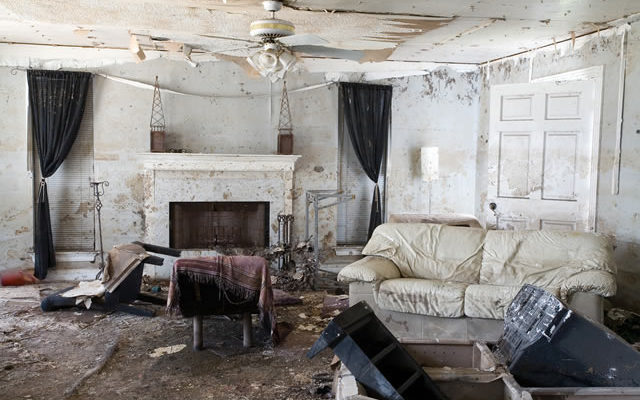
How to Save Your Sweet Home From any Water Damage
Normal Causes of Water Damage
Water damage can happen any time water pools somewhere it’s not meant to be, whether that’s within a room or inside your walls or roof. There are several situations that can cause water damage in a home. These are some of the most common:
- Severe storms, floods and other extreme weather.
- Leaky or burst pipes.
- Cracks in your foundation or walls.
- Roof damage, such as missing shingles or cracked flashing.
- Drainage problems on your property.
- Problems with your HVAC system.
- Malfunctioning dishwashers or washing machines.
Signs of Water Damage?
- Peeling paint.
- Warping of your floors.
- A strong musty smell in a room.
- Sagging in parts of your walls or ceiling.
- Stains or discolored patches on walls or ceilings.
- Water pooling in your yard after a storm.
- Mold growth (which can look like dark discoloration) on any surface.
5 Tips for Preventing Water Damage
1. Inspect Your Roof
After all, your roof is constantly exposed to sunlight and precipitation. If it begins to deteriorate, roof leaks can develop without you noticing. But you can stay ahead of water damage by inspecting your roof regularly — especially after big storms.
2. Clean Your Gutters
Ensuring good drainage is essential to protecting your home from water damage. Poor drainage weakens your foundation, leading to cracks, uneven settling and pathways for water to find its way inside.
3. Caulk and Seal Your Windows
Caulking and sealing your windows regularly is one of the easiest ways to protect your home from water damage. You can also apply caulking to bathtubs, ceiling fixtures, drains, faucets and other plumbing fixtures to keep water from seeping in where it doesn’t belong.
4. Check Your Pipes
It’s a good idea to inspect all the pipes in your home at least once a year. Over time, pipes gradually corrode, rust, and decay, all of which can result in leaks. In severe cases, you could be facing a flood of water or raw sewage into your home, causing extensive—and expensive—damage. According to Ford a “failure to understand the required maintenance” often leads people to neglect their pipes.
5. Test Your Sump Pump
A sump pump is your first line of defense against basement flooding. They’re used to pump water that has accumulated in a sump basin away from a home to a municipal storm drain or dry well.


